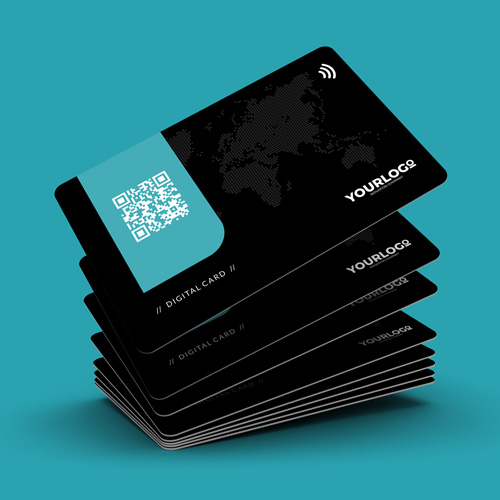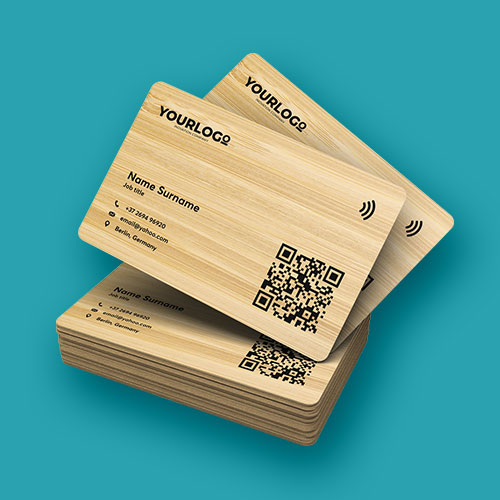NFC vs. RFID: Key Differences and Common Applications
Near Field Communication (NFC) and Radio-Frequency Identification (RFID) are two wireless communication technologies that often get confused due to their similarities. In this blog post, we'll explore the key differences between NFC and RFID and examine their common applications.
NFC vs. RFID: What Sets Them Apart?
Communication Range: NFC operates within a very short range, typically a few centimeters, making it ideal for close-range interactions. RFID, on the other hand, can operate over a more extended range, from a few inches to several meters, depending on the type of RFID technology used.
Initiation Process: NFC devices need to be in close proximity to initiate communication, often requiring a deliberate action like a tap or touch. In contrast, RFID communication can be initiated without direct human intervention, as long as the RFID tag is within range of an RFID reader.
Use Cases: NFC is commonly used for contactless payments, access control, and information sharing through smart posters and tags. RFID is prevalent in supply chain management, asset tracking, inventory control, and in scenarios where long-range identification is needed, such as toll booth collection and inventory tracking.
Common Applications of NFC
Let's dive deeper into some of the common applications of NFC:
Mobile Payments: NFC-enabled smartphones allow users to make secure contactless payments at point-of-sale terminals. This technology is the foundation of popular mobile wallets like Apple Pay and Google Pay.
Access Control: NFC cards and smartphone apps are frequently used for secure access control in offices, hotels, and event venues.
Smart Marketing: NFC tags embedded in posters or products enable marketers to provide additional information, discounts, or interactive experiences to customers with a simple tap.
File Transfer: NFC allows users to transfer files or contact information between devices, enhancing convenience for sharing information.
Common Applications of RFID
On the other hand, RFID technology is widely used in:
Supply Chain Management: RFID tags help track and manage inventory, shipments, and products throughout the supply chain, improving efficiency and reducing losses.
Asset Tracking: Companies use RFID to track valuable assets such as equipment, vehicles, and tools, making it easier to locate and manage them.
Access Control: In addition to NFC, RFID is also used for secure access control, especially in larger-scale applications like parking lots or gated communities.
Animal Tracking: RFID tags are used to identify and track animals, both in agriculture (for livestock) and in wildlife conservation (for research and protection).
Conclusion
In summary, NFC and RFID are two distinct wireless communication technologies, each with its own set of use cases and advantages. Understanding the differences between them is crucial when considering which technology to implement for a specific application or industry.






